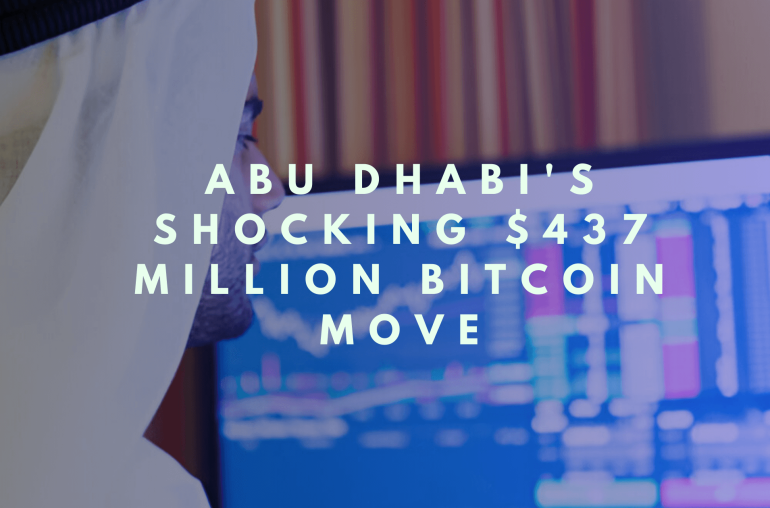Most news focuses on Bitcoin, but there’s a lot more out there.
Maybe you’re curious but also worried about the risks. That’s smart.
Taking things slow and being careful is the best way to start in crypto.
This guide will help you understand “altcoins.” That just means any cryptocurrency that isn’t Bitcoin.
We’ll explain what they are, look at different kinds, and really focus on the dangers you need to know about. At crypto.pk, we want to help you understand, not push you into risky things.
What Exactly is an “Altcoin”?
So, what’s an altcoin?
It’s simple: “alternative coin.”
It’s the name for almost every crypto created after Bitcoin.
Why make more coins?
Some creators wanted to improve Bitcoin. Maybe make it faster or use less electricity.
Others wanted to use the technology for totally new things.
A big example is Ethereum (ETH). It introduced something called “smart contracts.” Think of these as automatic digital deals.
If certain things happen, the deal automatically goes through.
This idea opened the door for new kinds of online services called “dApps” (decentralized apps) – apps not controlled by a single company.
Even with thousands of altcoins, Bitcoin is still the original and the biggest.
People often compare other cryptos to it.
Meeting the Altcoin Family: A Few Main Kinds
You can’t learn about every single altcoin – there are too many!
Let’s just look at a few main types to get the basic idea. Some types make more sense than others.
Major Platforms (Like Ethereum)
Ethereum (ETH) is a major one. It’s more than just digital money; it’s like a foundation.
People build those dApps and smart contracts on top of Ethereum.
Other platforms like Cardano (ADA) or Solana (SOL) try to do similar things, often aiming to be faster or handle more users.
These projects have real technology goals.
Stablecoins (Aiming for Steady Value)
This is a key type to understand. Stablecoins try not to have the crazy price swings you see elsewhere in crypto.
They aim for a steady value, usually by linking their price to something stable, like the US dollar.
USDT (Tether) and USDC (USD Coin) are common examples.
Why use them? People use stablecoins to keep value steady within the crypto world.
They can be a safer spot during market crashes or make trading easier.
They have a clear, practical purpose.
Meme Coins
Now, let’s talk about a type you should be very, very careful with.
Meme Coins. Think Dogecoin (DOGE) or Shiba Inu (SHIB).
Let’s be blunt: These usually start as internet jokes.
They get popular based on hype from social media, not because they do anything useful or have solid technology.
We strongly advise you to avoid these. They generally lack any real purpose or value.
Their price is driven by online buzz and trends that can disappear overnight.
This makes them incredibly risky and it’s pure gambling.
Putting money into meme coins is a very easy way to lose it all. Stay away.
How Are They Different?
How do altcoins work differently from Bitcoin? Let’s keep it simple.
A key difference is how they check and approve transactions.
This is their system for agreement.
Bitcoin’s Way (Called Proof-of-Work): Imagine powerful computers racing to solve super hard math puzzles.
The winner gets to add the next block of transactions to the public record (the blockchain).
This is secure, but it uses a ton of electricity and can be slow.
A Common Altcoin Way (Called Proof-of-Stake): Many newer coins, including Ethereum now, use this method. Instead of solving puzzles, people lock up their own coins (called “staking”).
This acts like a security deposit. If you have coins staked, you get a chance to approve transactions.
If you try to cheat, you could lose your locked coins. This usually uses much less energy and can be faster.
The Simple Point: Different coins use different systems. This changes their speed and energy use.
Why Look at Altcoins?
With all the risks, why bother looking beyond Bitcoin?
If we focus only on projects with real purpose, here are some Potential Upsides:
Possible Growth: Some well-built altcoins might increase in value over time. But there are zero guarantees.
Mixing It Up: Holding a small amount of different useful cryptos could slightly spread out your risk (but remember, all crypto is risky).
New Tech: Careful choices might let you explore new ideas like DeFi (Decentralized Finance – crypto-based financial services).
But let’s focus again on The Dangers (Serious Risks). This is crucial, especially for newer or less serious coins:
Wild Price Swings: Altcoin prices can shoot up or crash down very fast, often without warning. This is especially true for coins without a real use.
Hard to Sell: Many altcoins aren’t traded much. This means it might be hard to sell when you want to, or selling could crash the price because there aren’t many buyers (this is called low liquidity).
Scams and Failures: Be aware: the crypto world is full of projects that fail or are outright scams. This is very common with meme coins or anything promising guaranteed high returns.
Rule Changes: Governments are still figuring out crypto rules. New laws could suddenly hurt prices or affect your ability to use certain coins.
Getting Hacked: Exchanges can be hacked. Your personal digital wallet could be emptied if you’re not super careful with security.
Taking Your First Steps (Very Safely!)
If you’re thinking about exploring altcoins very carefully, here’s how to start:
Rule #1: Start Tiny. Really, only use money you could afford to lose completely without worry.
Treat crypto, especially altcoins, as high-risk. Learn First, Act Later: Spend time learning.
Use good educational sites (like Binance Academy or Coinbase Learn) and read news from fair sources (CoinDesk, Cointelegraph).
Good information is your best defense. Choose Platforms Wisely: If you use an exchange, pick major, well-known ones available where you live (check rules in Pakistan).
Look for good security and clear information. Protect Your Crypto: Don’t leave crypto on an exchange long-term. Use secure digital wallets.
For more than a small amount, seriously consider getting a hardware wallet (a physical security key).
Always use strong, unique passwords and Two-Factor Authentication (2FA) everywhere online. Be Super Skeptical: If something sounds too good to be true, it’s a scam.
Ignore emails, social media posts, or messages promising guaranteed profits or pushing unknown coins.
Especially ignore the hype around meme coins – it often tricks people into losing money.
Start Your Journey with a Pinch Of Caution
So, what’s the bottom line?
The crypto world beyond Bitcoin is huge and complex. Altcoins offer interesting ideas but come with big, serious risks.
Understanding the main types is important:.
useful ones like platforms and stablecoins, versus purely speculative ones like meme coins (which you should avoid).
Knowing the basic tech and, most importantly, the huge risks is step one.
For us Muslims, thinking about Islamic rules adds another key layer.
This requires careful personal research and getting advice from people who truly understand both finance and faith.
If you decide to explore altcoins, your journey must start with learning, extreme caution, focusing on real purpose over hype, and making careful decisions based on your own research and what level of risk you can handle.
Keep learning, stay suspicious of hype, and always put safety first.
Also, if you’re curious and worried about the permissibility of crypto, then check out our blog post below.
CryptoCurrency In Pakistan – Crypto Halal or Haram
We promise you. you will find it extremely insightful.
So. What are your thoughts on the different types of altcoins after reading this?
Does the risk involved make you more cautious? Let us know your thoughts in the comments below!
Key Takeaways:
Altcoins are cryptos besides Bitcoin; many exist.
Main types: Platforms (like ETH for apps), Stablecoins (like USDT for steady value – practical), and Meme Coins (like DOGE – extremely risky, avoid).
Altcoins often use different tech (like Proof-of-Stake, less energy) but are usually riskier than Bitcoin.
Altcoin investing is very risky: prices swing wildly, scams are common (especially meme coins), projects fail, rules can change. Stablecoins offer practical use.
Beginners MUST: Start very small (money you can afford to lose), learn a lot first, use secure platforms/wallets with 2FA, be very skeptical (especially of hype/memes), prioritize safety.




